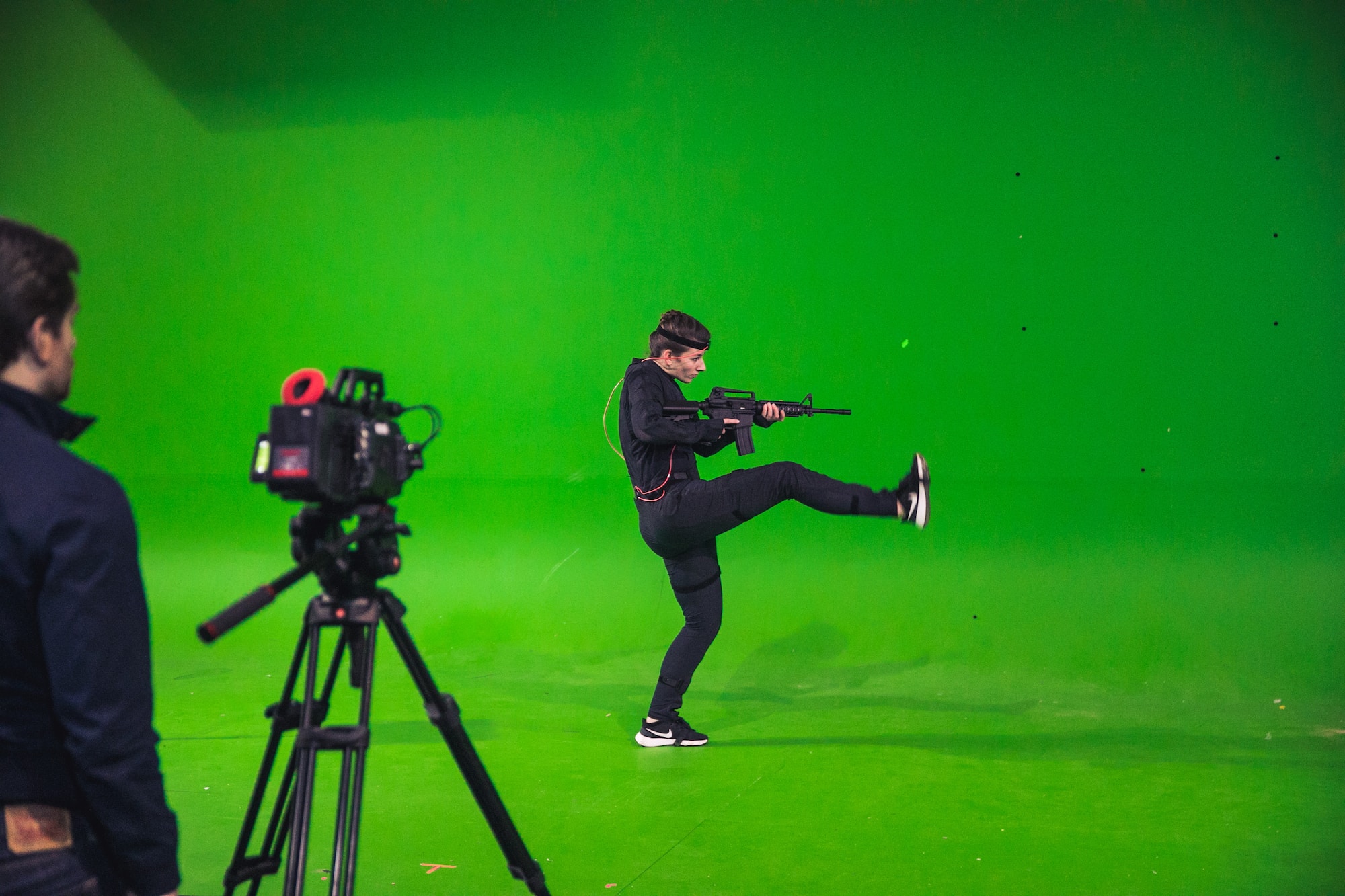Key Takeaways
- Visual Effects in Early Cinema: Introduction of innovative techniques such as composite images, “stop trick,” and multiple exposures.
- Modern VFX Era: The rise of CGI, enhancing the visual narrative and accessibility to filmmakers.
- Core Techniques: In-depth look at motion capture, matte painting, 3D modeling, rigging, rotoscoping, and compositing.
- Art and Science of VFX: Fusion of creativity and technological skill in filmmaking.
- VFX in Storytelling: Expanding visual vocabulary for more vivid and engaging storytelling.
- The Future: Continual evolution and innovative applications in cinema.
Visual Effects (VFX) have become an integral part of the modern filmmaking process, transforming the way stories are told and experienced. From the early days of cinema to the latest blockbusters, VFX have continually pushed the boundaries of imagination, enabling filmmakers to bring to life what was once considered impossible. This article delves into the history, techniques, and significance of visual effects in filmmaking, highlighting their role in enhancing narrative and cinematic experiences.
The Dawn of Visual Effects
Pioneering Techniques in Early Cinema
The journey of visual effects dates back to the late 19th century. Oscar Rejlander, in 1857, laid the groundwork for special effects by creating the first composite image from multiple negatives. This innovation paved the way for filmmakers like Alfred Clark and Georges Méliès, who employed techniques such as the “stop trick” and multiple exposures, revolutionizing storytelling in cinema. Méliès, often hailed as the “Cinemagician,” was instrumental in introducing narrative-driven, effects-laden films, with his most renowned work being “Le Voyage dans la lune” (1902), a pioneering blend of live-action and animation.
The Modern Era of VFX
Digital Revolution in Filmmaking
Today, VFX is a staple in film production, contributing significantly to the visual storytelling process. The advent of computer-generated imagery (CGI) has opened new avenues for creativity, making it accessible even to independent filmmakers. Digital Domain, Weta Digital, and Industrial Light & Magic are among the studios at the forefront of this digital revolution, constantly innovating and elevating the visual narrative.

Core Techniques in Visual Effects
The Building Blocks of Modern VFX
- Motion Capture: A technology capturing actors’ movements to animate digital characters, crucial in creating lifelike animations in movies and video games.
- Matte Painting: Artistic representations merged with live-action footage to create realistic, yet unattainable environments.
- 3D Modeling: The creation of three-dimensional digital representations of objects, a fundamental aspect of CGI.
- Rigging and Skeletal Animation: Techniques for animating characters or objects, providing a virtual skeleton to manipulate their movements.
- Rotoscoping: Frame-by-frame tracing over live-action footage for realistic animation, often used for integrating VFX into live-action scenes.
- Compositing: Combining visual elements from different sources to create the illusion of a single, coherent scene.
The Art and Science of VFX
Blending Creativity with Technology
Visual effects are more than just technical prowess; they are a form of art that requires a harmonious blend of creativity and technological skill. The effectiveness of VFX lies in its ability to support and enhance the narrative, making the impossible seem plausible and the imaginary tangible. This synergy of art and science is what makes VFX a critical component of modern filmmaking.
The Role of VFX in Storytelling
Enhancing Narrative Through Visuals
VFX has the unique ability to expand the visual vocabulary of filmmakers, allowing them to craft worlds, characters, and scenarios that would otherwise be unfeasible. Whether it’s creating fantastical creatures, depicting otherworldly landscapes, or simulating dramatic events, visual effects serve as a crucial tool in the filmmaker’s arsenal to convey stories more vividly and engagingly.
Conclusion
The Future of Cinematic Experiences
As technology continues to evolve, so will the capabilities and applications of visual effects in cinema. VFX not only breaks the barriers of reality but also opens up endless possibilities for storytelling. As we move forward, we can expect to see more innovative uses of VFX, further blurring the lines between the real and the imagined, and continually redefining the cinematic experience.





